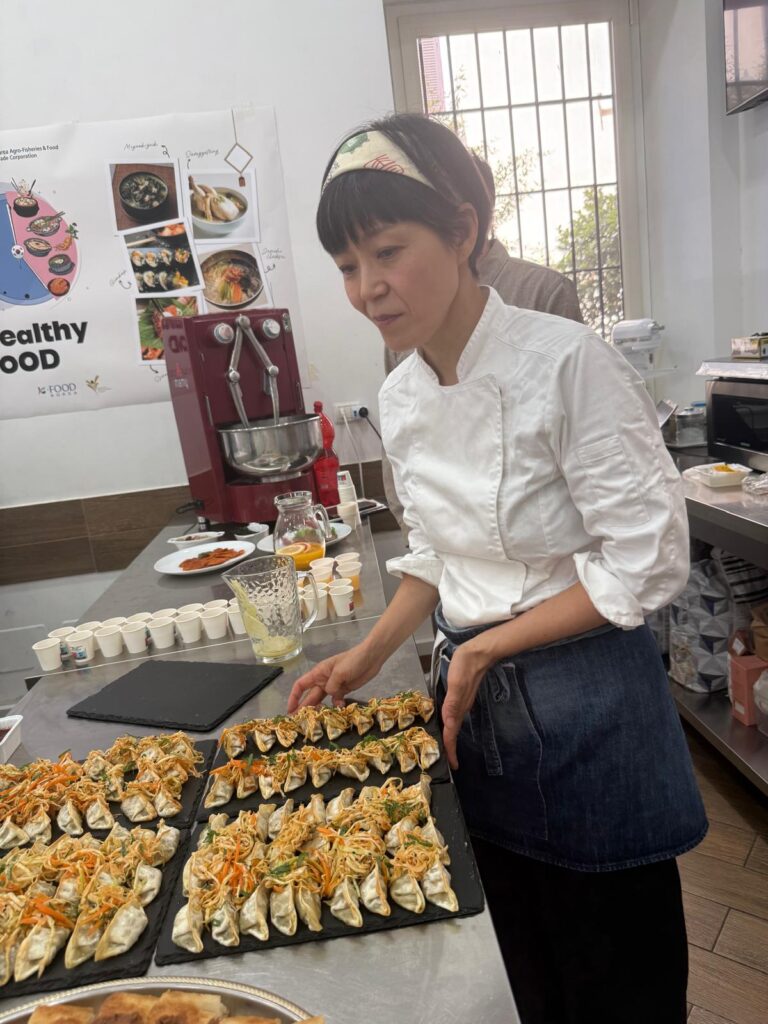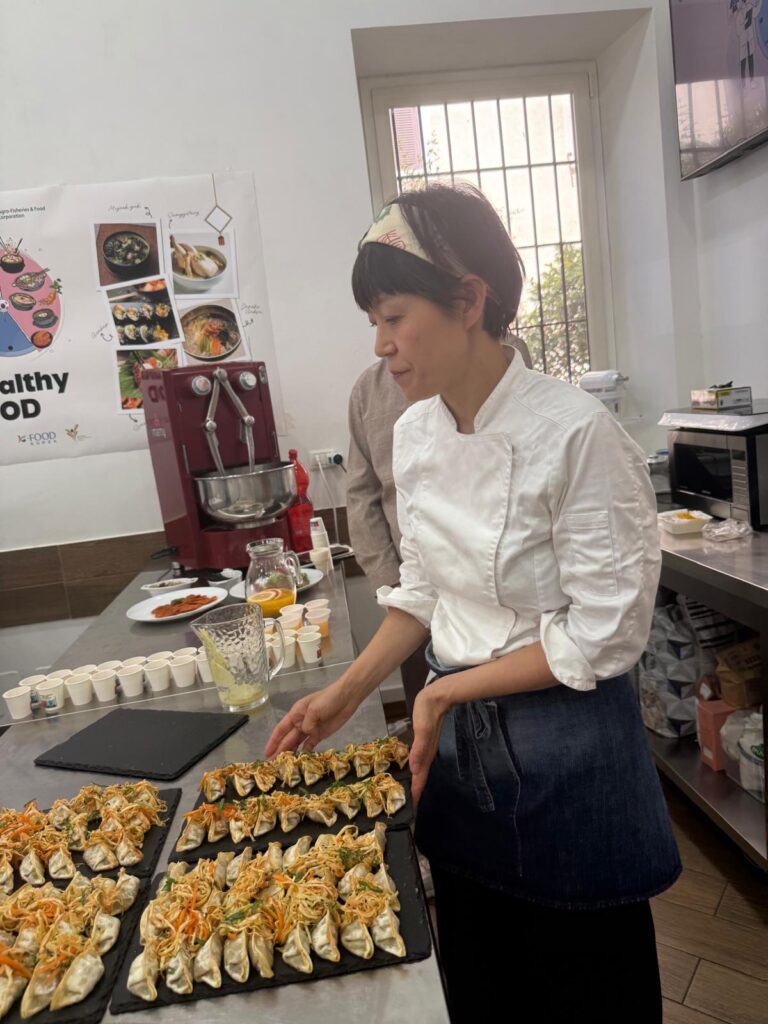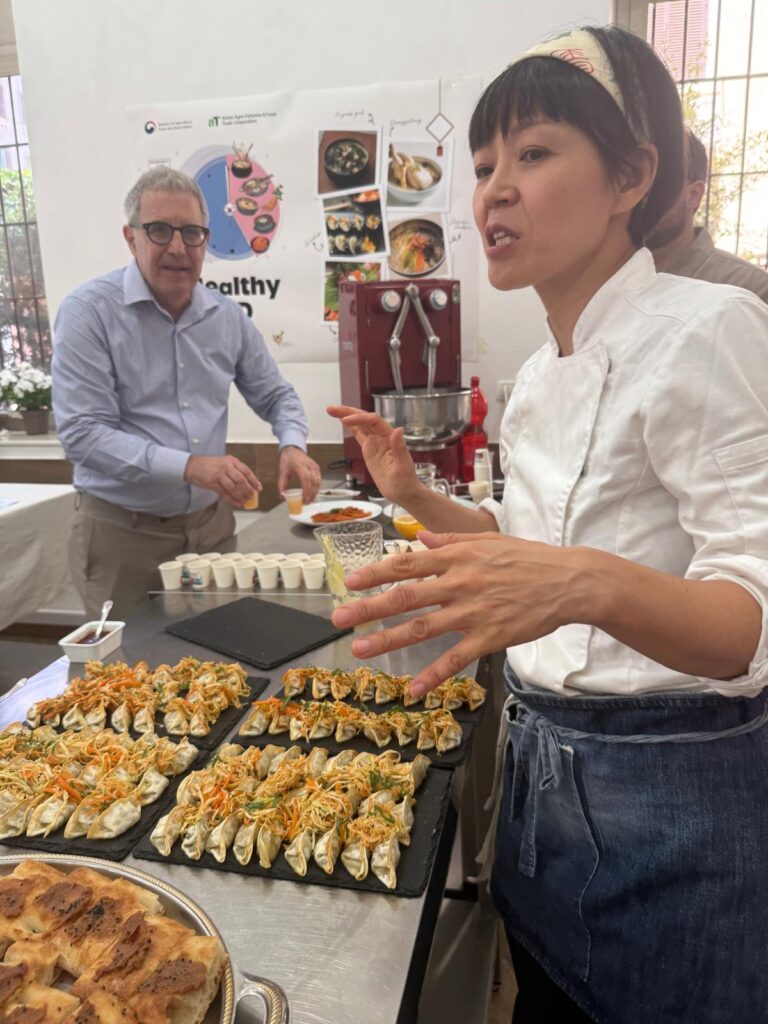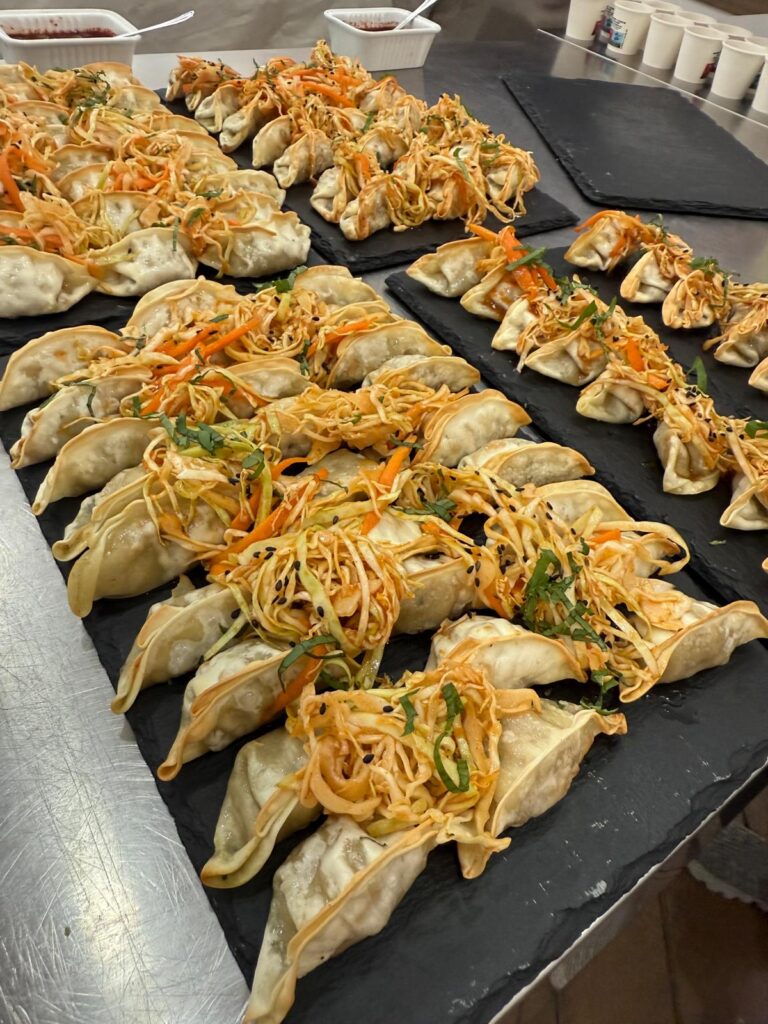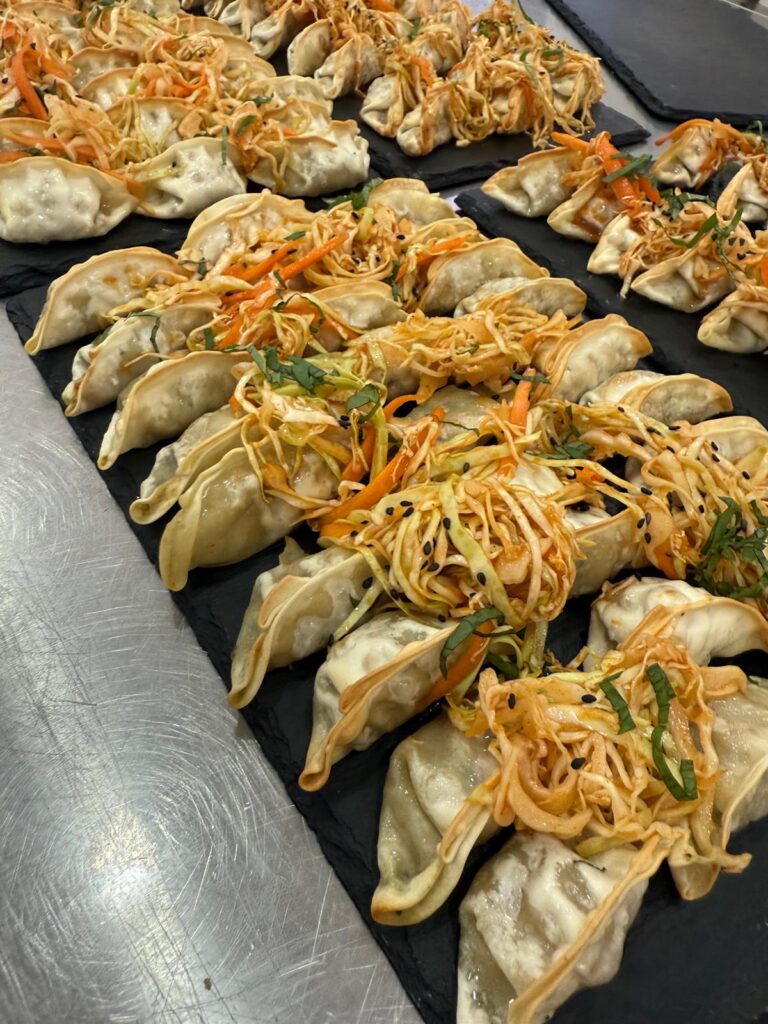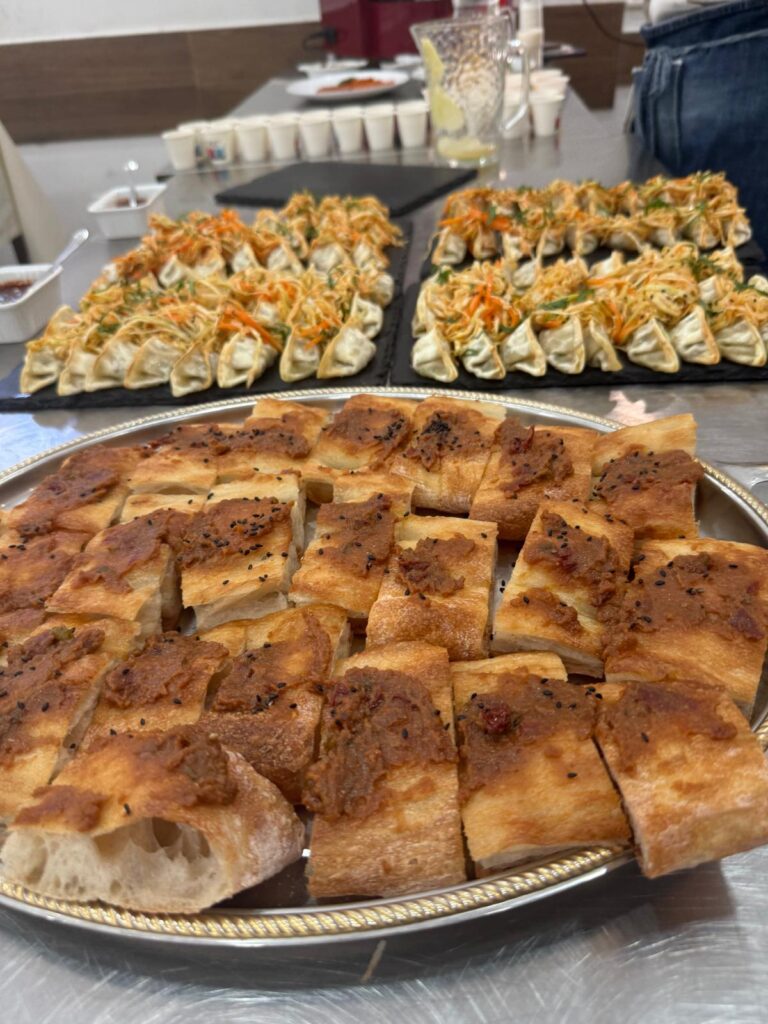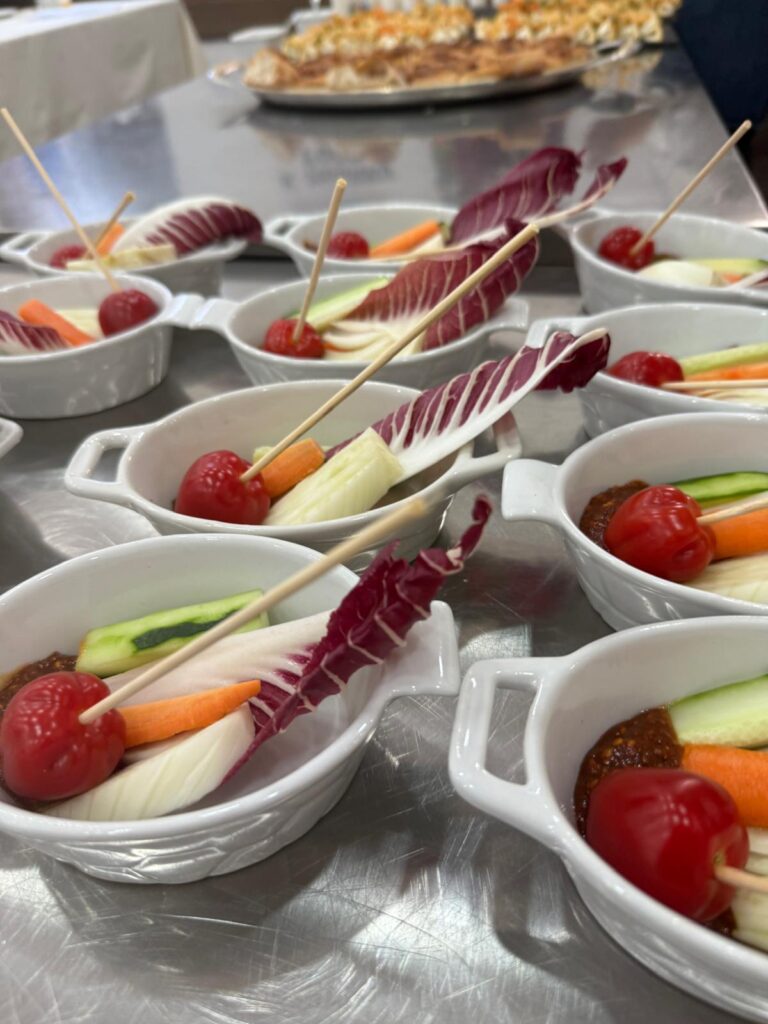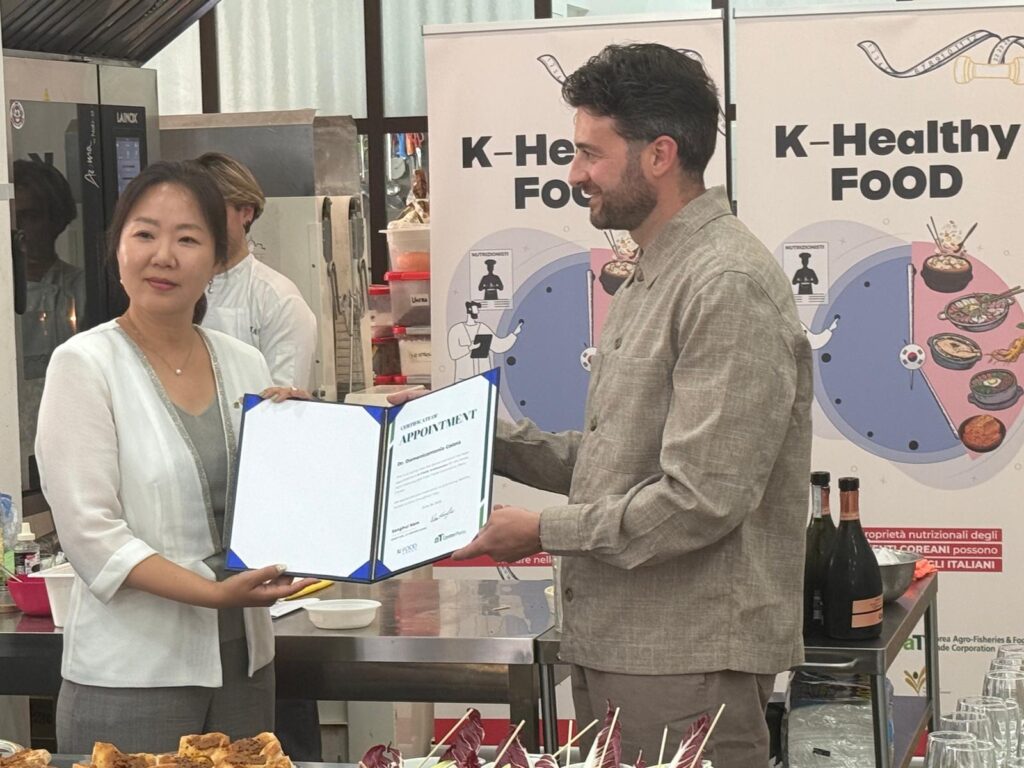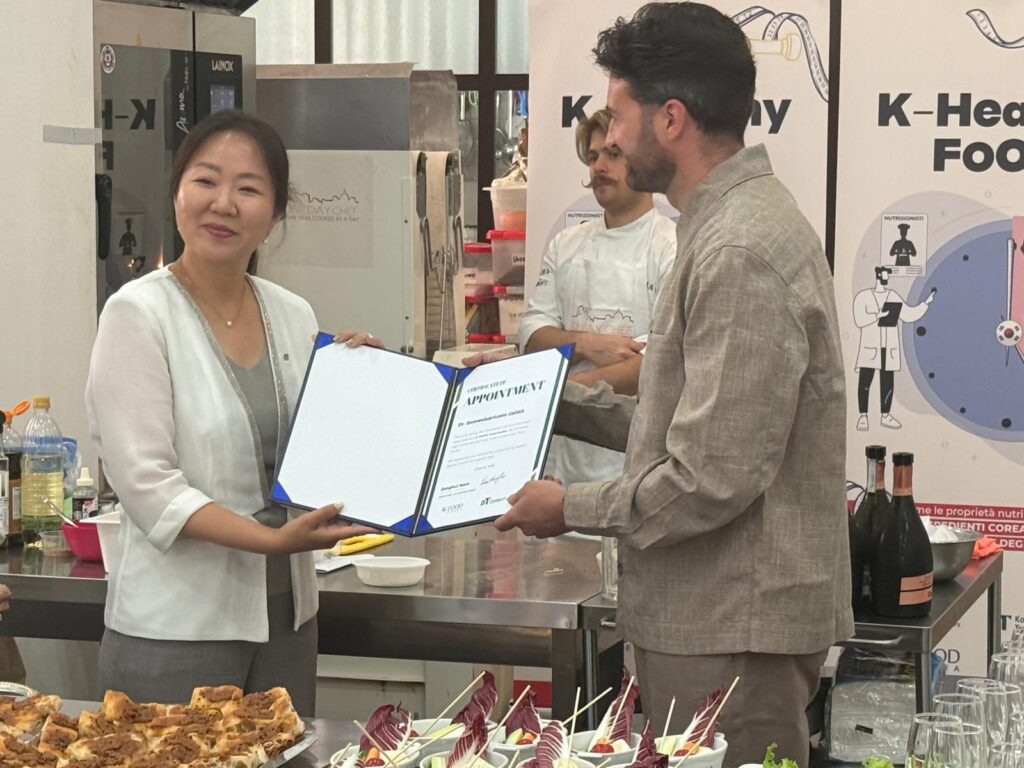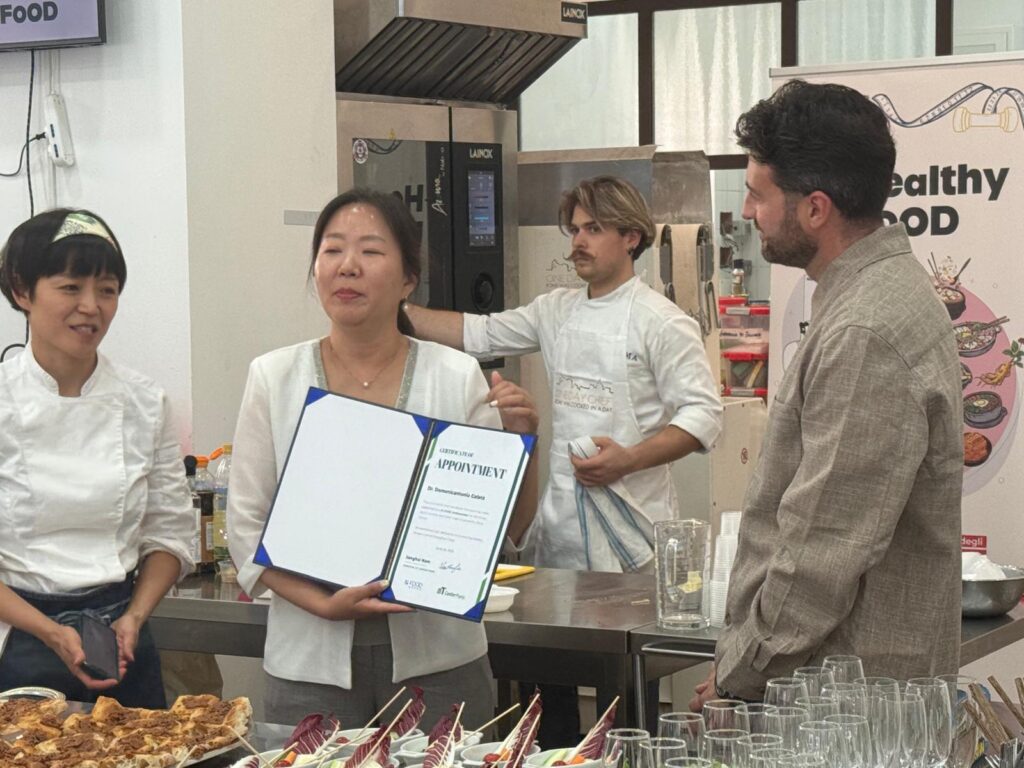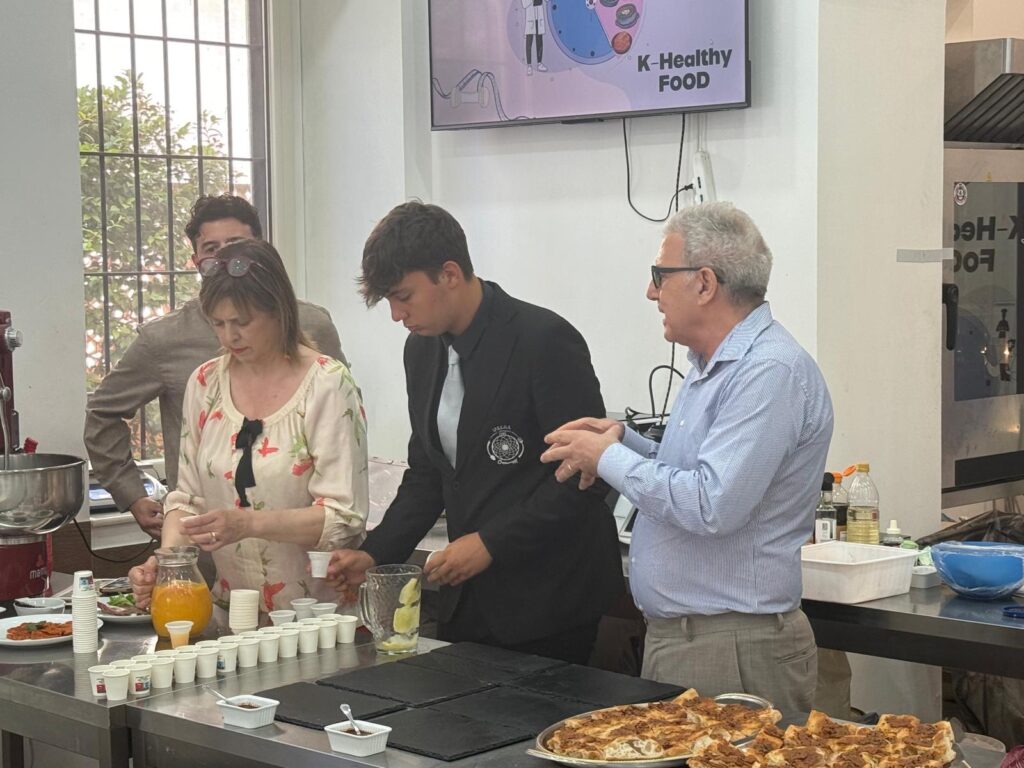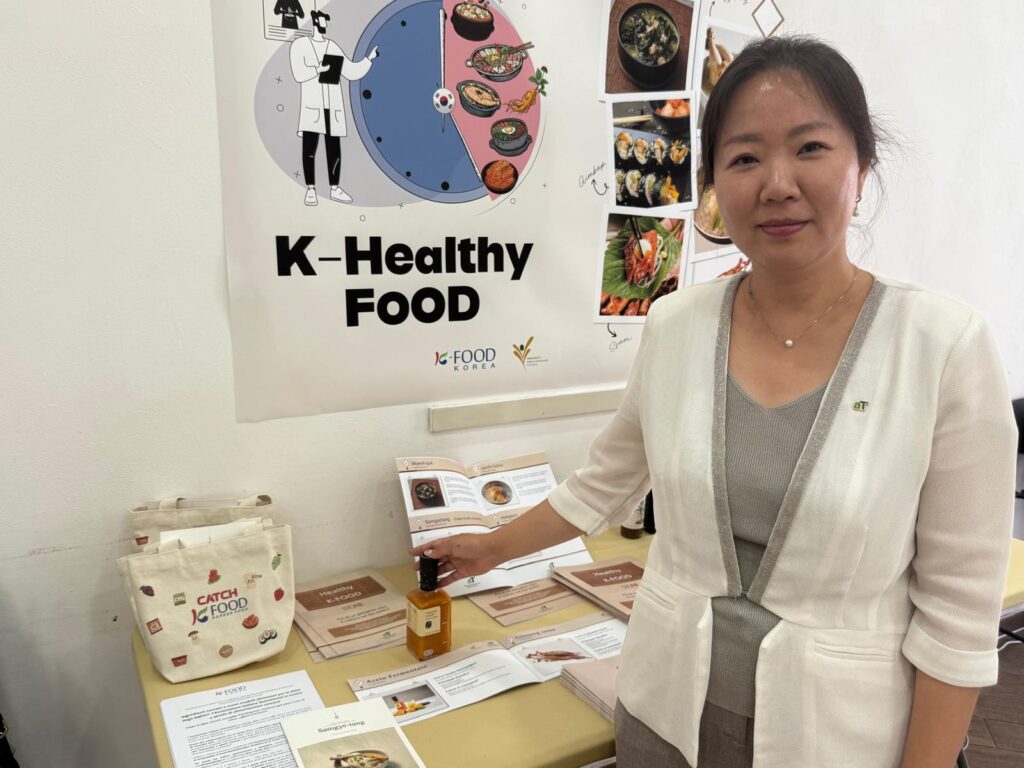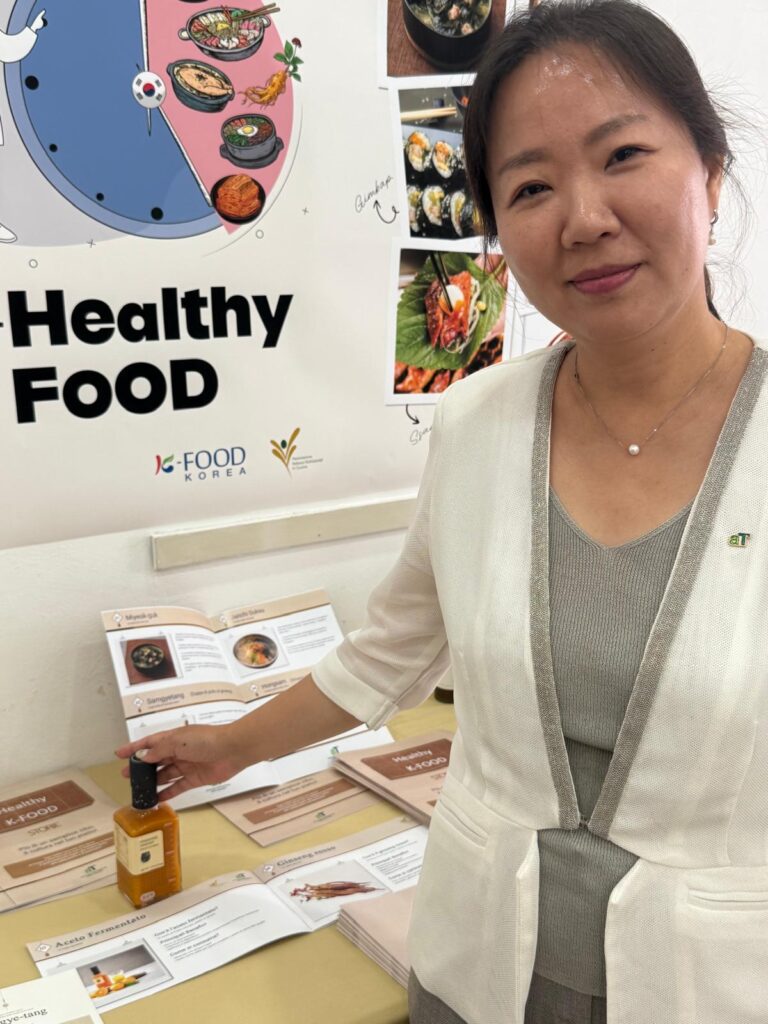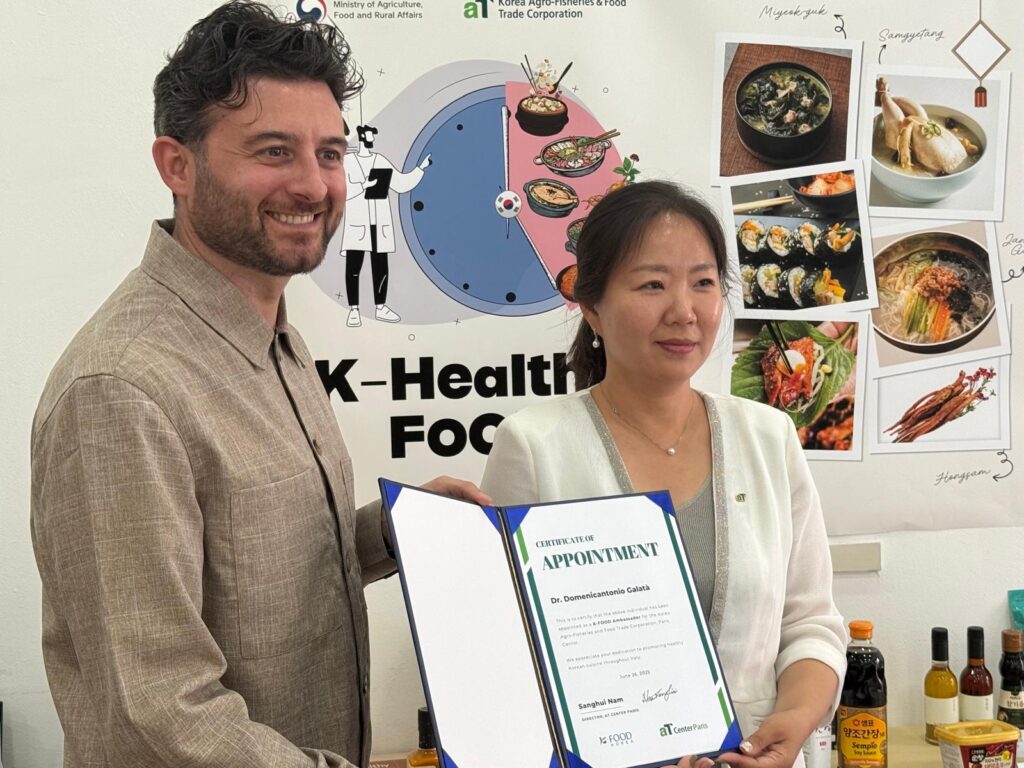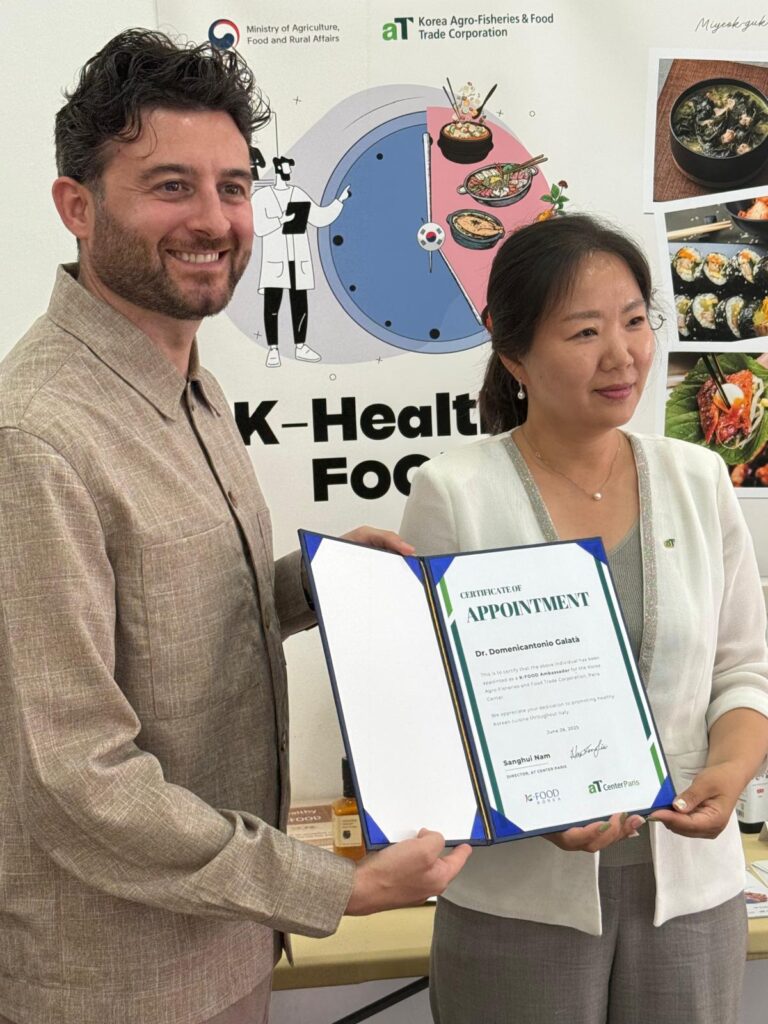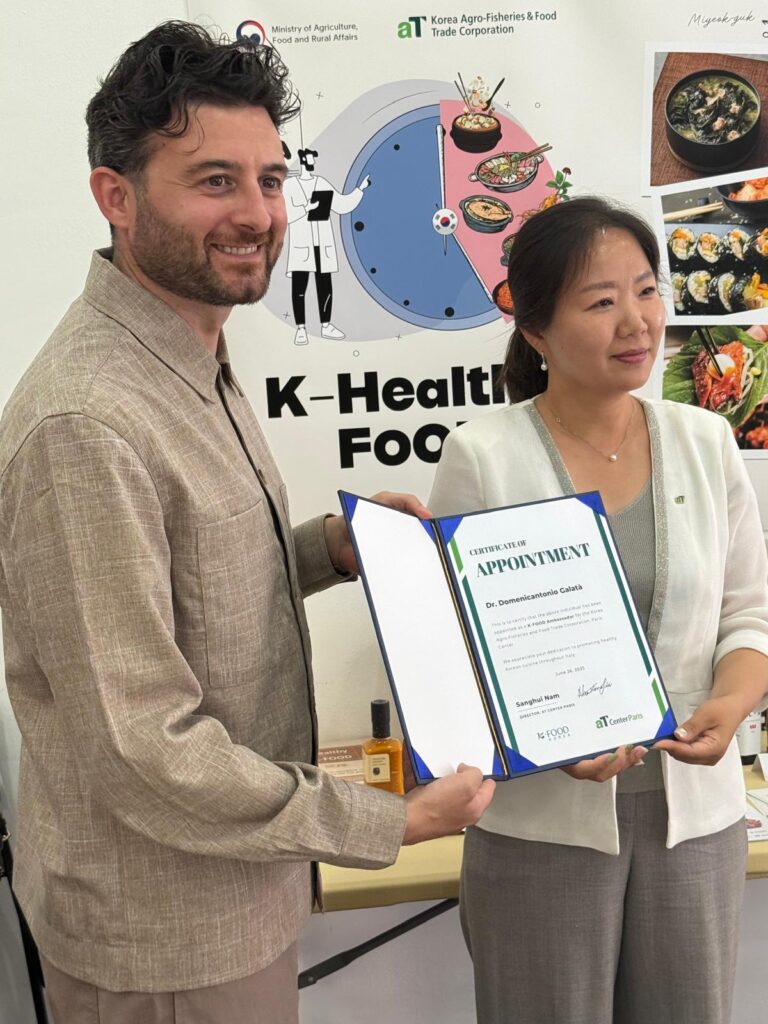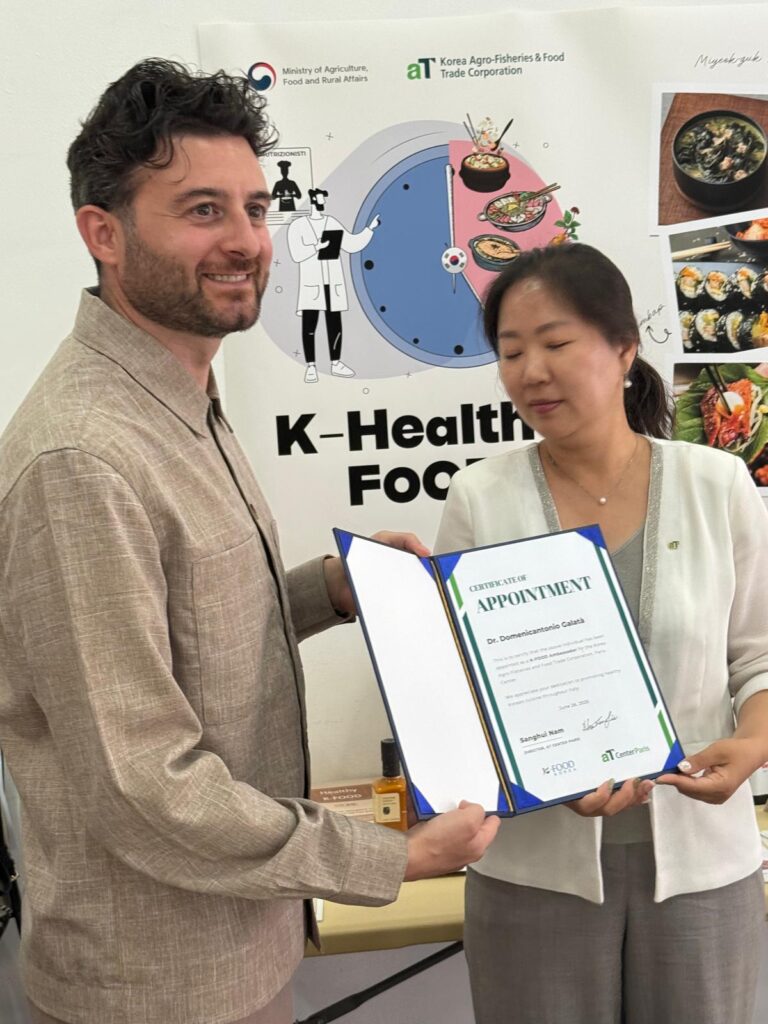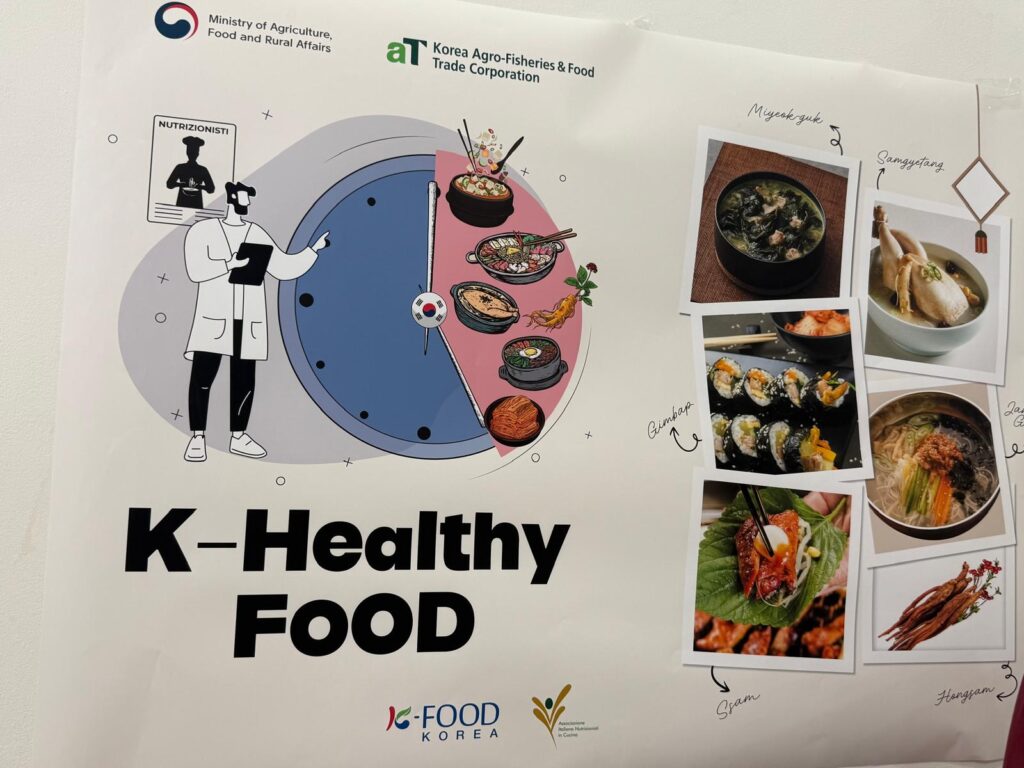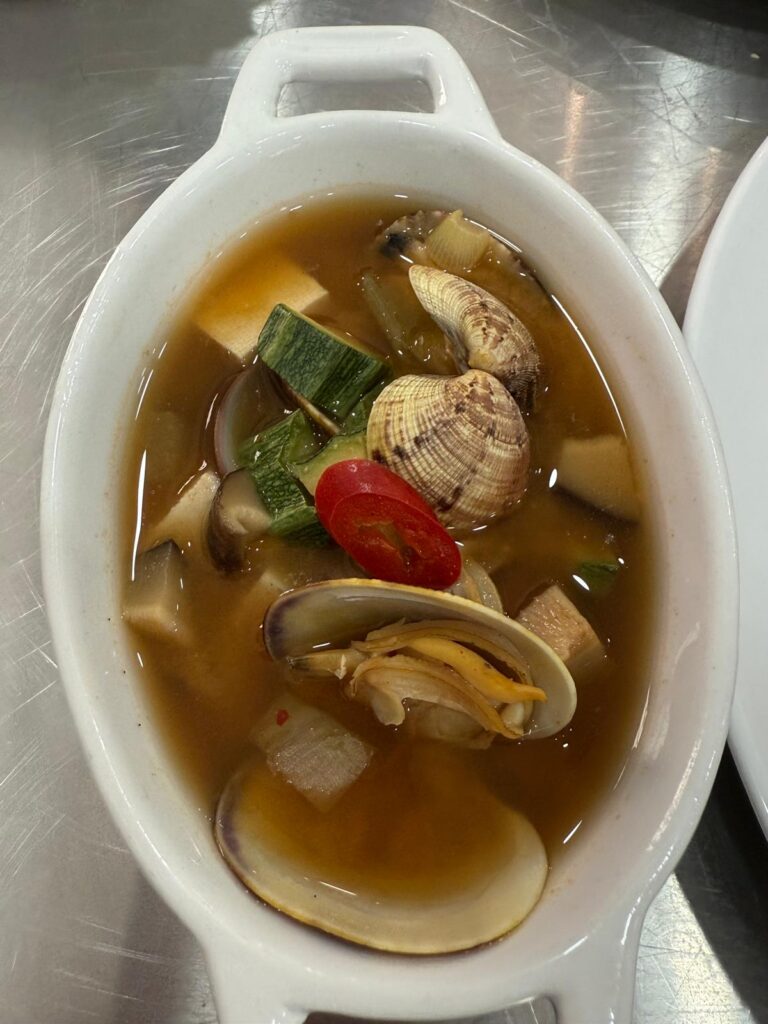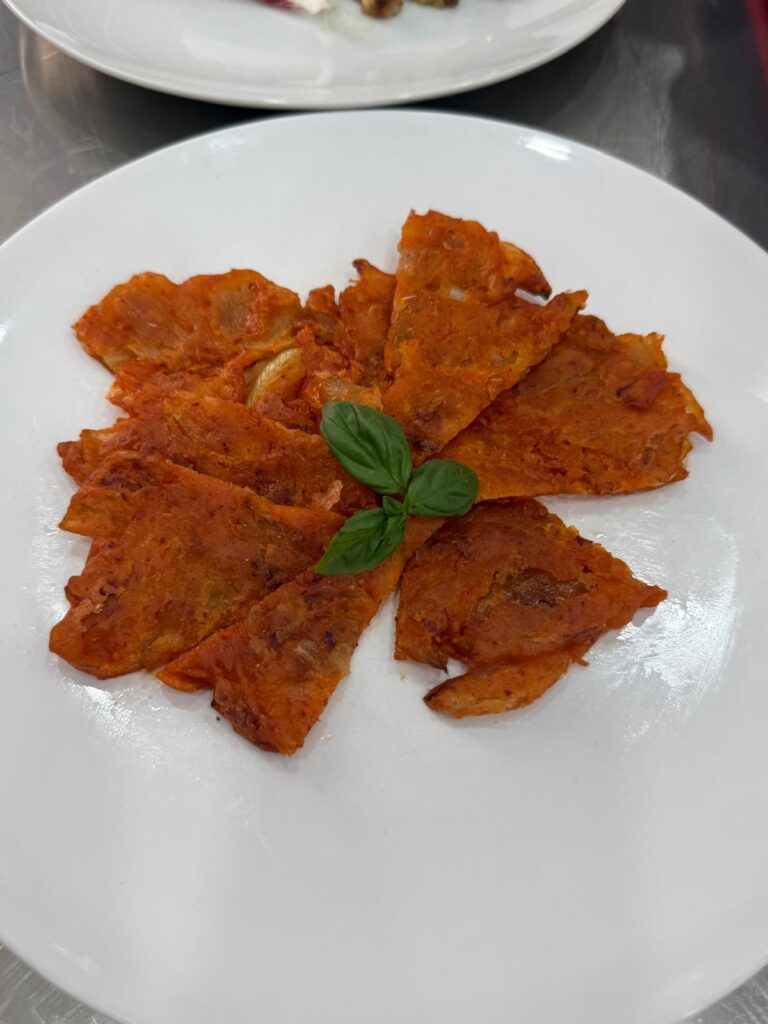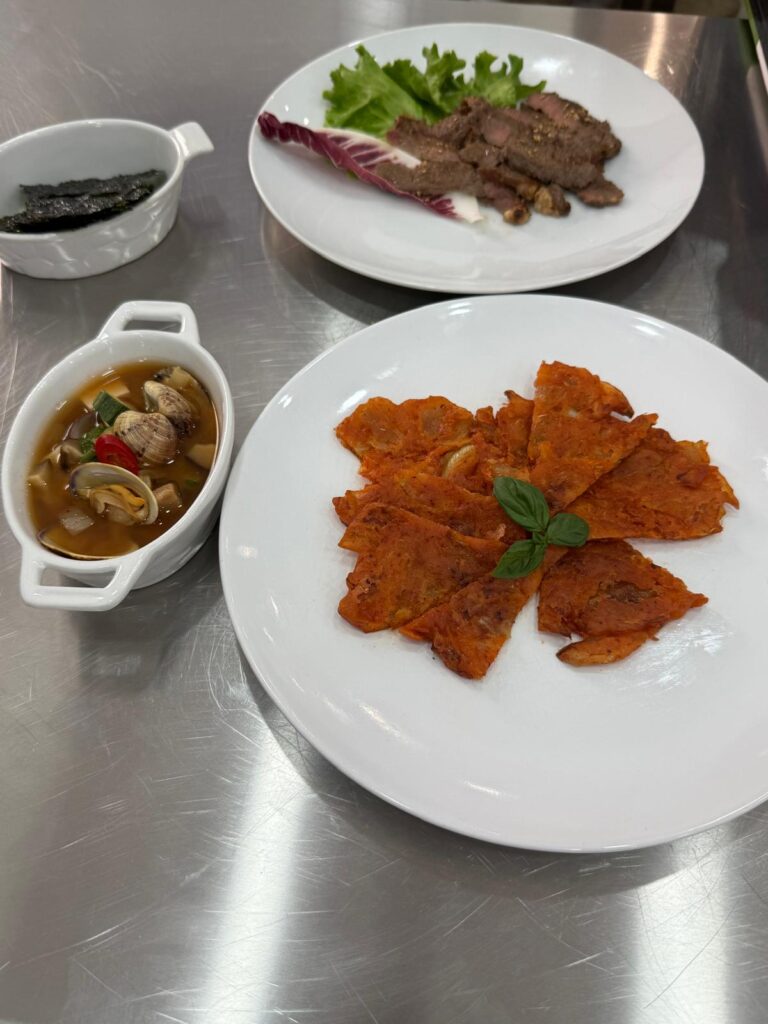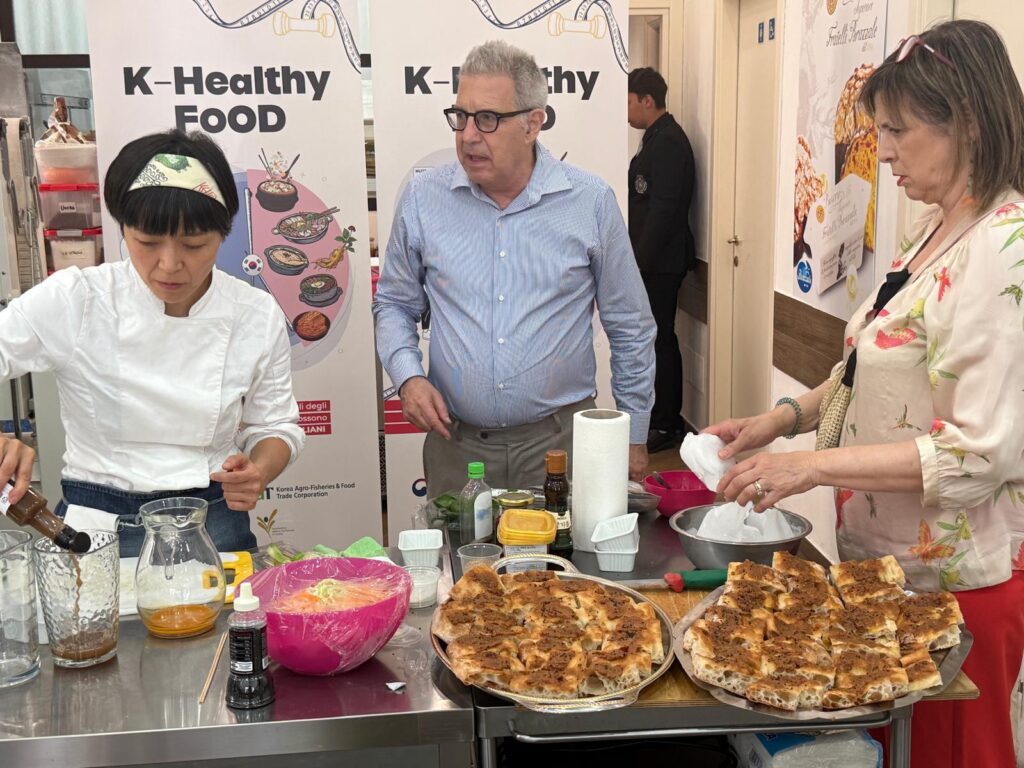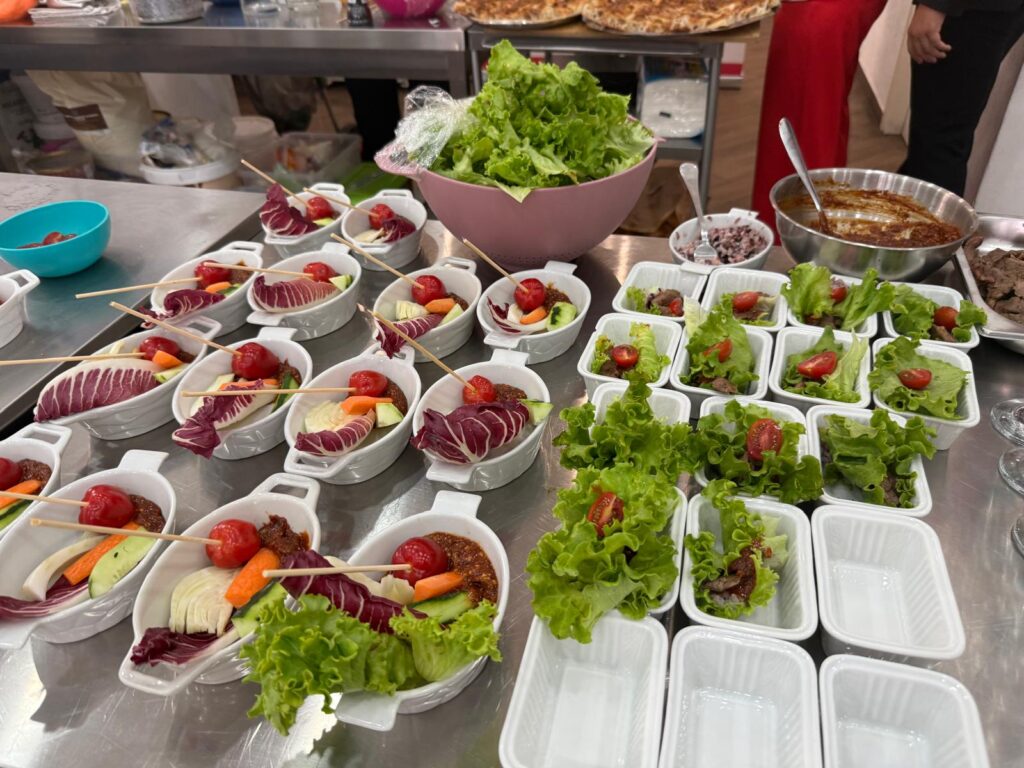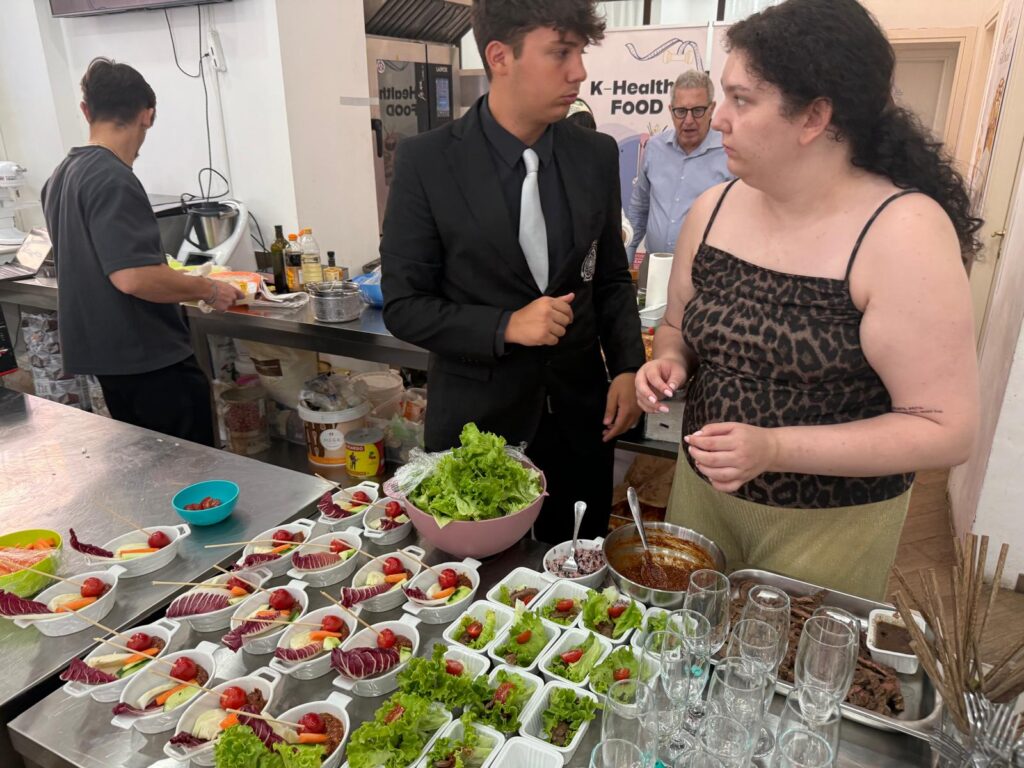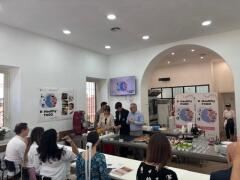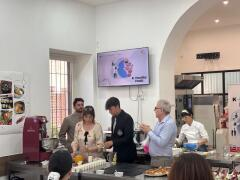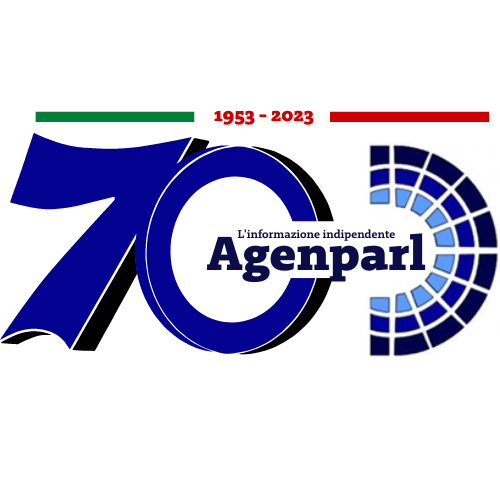 (AGENPARL) - Roma, 26 Giugno 2025
(AGENPARL) - Roma, 26 Giugno 2025An Initiative by aT Center Paris and the Ministry of Agriculture of the Republic of Korea with the Italian Association of Nutritionists in the Kitchen
Korean Ingredients and New Dietary Models for Italians: The Italian Nutritionists in the Kitchen Learn Korean Food Culture
Seaweed soup, kimchi, ssamjang, doenjang-guk, and neobiani—each dish is rich in history, culture, and wellness.
The Italian Association of Nutritionists in the Kitchen (AINC) will introduce Korean ingredients and traditional dishes into the diets and meal plans of their patients. Korean cuisine is globally renowned as one of the healthiest.
Thanks to the collaboration with aT Center Paris and the Ministry of Agriculture of the Republic of Korea, AINC nutritionists took part in a training session to learn about the unique nutritional properties of traditional Korean foods—such as kimchi, seaweed, fermented soy, and natural spices—and how to enrich the Italian diet with new healthy and sustainable solutions.
On this occasion, AINC President Domenicantonio Galatà was also appointed as a K-Food Ambassador by Nam Sanghui, Director of aT Center Paris.
A bridge between culinary culture and well-being was presented to nutritionists through a live cooking show with Korean chef Sun Young Koo, known for her ability to reinterpret traditional ingredients in a modern key.
The training session was held in Rome at the One Day Chef school and included the creation, explanation, and tasting of several fusion recipes inspired by the classic “homemade” Korean meal.
The cooking class featured five essential dishes typically found in a traditional Korean daily meal—such as kimchi (rich in probiotics and vitamins), rice, soybean sprouts, tofu, seaweed, and fermented vegetables. These foods provide significant nutritional benefits, support gut health, deliver fiber, antioxidants, and essential micronutrients, and contribute to a varied and balanced diet.
The collaboration aims to show how these ingredients can be easily sourced and integrated into Italian recipes, enhancing menus with creative, healthy, and flavorful dishes.
“This important collaboration allows Italian nutritionists to deepen their understanding of the unique nutritional properties of Korean ingredients, such as kimchi and other fermented foods rich in probiotics, essential vitamins, and minerals. These help digestion, strengthen the immune system, and provide anti-inflammatory and antioxidant benefits. By combining culinary tradition with nutritional expertise, this initiative expands Italy’s gastronomic offerings with sustainable and healthy dishes, fostering cultural and nutritional dialogue through food,” said Nam Sanghui, Director of aT Center Paris.
“We are excited to collaborate with aT Center Paris and the Ministry of Agriculture of the Republic of Korea on this initiative, which represents a valuable opportunity for nutrition professionals in Italy,” commented Domenicantonio Galatà, President of the Association of Nutritionists in the Kitchen. “Korean cuisine, with its ingredients rich in nutritional properties, offers a food model that can complement and enhance Italian diets, promoting health and well-being. We believe that the encounter between Korean culinary tradition and Italian nutritional expertise can open new paths to a balanced and tasty diet for the benefit of the entire population.”
This collaboration stands as a virtuous model of cultural and scientific exchange, exploring new frontiers in nutrition and culinary innovation. Thanks to their nutritional properties, Korean ingredients can become key elements in Italian diets, contributing to a more creative, healthy, and global cuisine.
The 5 Recipes Presented by Chef Sun Young Koo During the Showcooking Session →
Kimchi-jeon 김치전 – Kimchi pancake
- 1 package kimchi
- 1 tbsp all-purpose flour
- 1 tbsp frying flour
- ½ tbsp potato starch
- ½ tsp gochugaru (Korean chili powder)
- Soy sauce (Ganjang), to taste
- Sparkling water, to taste
- 3 tbsp peanut oil
Ssam 쌈 – Bites wrapped in leafy vegetables
For the ssamjang sauce:
- 1 tbsp doenjang (fermented soybean paste)
- 1/3 tbsp gochujang (fermented chili paste)
- 1 tbsp chopped scallions
- ½ tbsp acacia honey
- ½ tbsp crushed sesame seeds
- Salt, to taste
- ½ tbsp sesame oil
Vegetables: Romaine lettuce, radicchio, endive, cucumbers, carrots, fennel, cherry tomatoes
Doenjang-guk 된장국 – Fermented soybean paste soup
- 2 tbsp doenjang
- 600 ml rice water
- 50 g tofu
- 50 g clams
- 50 g zucchini
- 40 g onion
- 1 chili pepper
- 1 scallion
Heokmibap 흑미밥
- Mixed black rice (pre-packaged, ready to use)
Neobiani 너비아니 – Thin marinated beef slices
For the marinade:
- 500 g beef sirloin
- 4–5 tbsp soy sauce
- 2 tbsp brown sugar
- 2 tbsp pear juice
- ½ tbsp minced garlic
- 1 tsp ginger juice
- 1 tbsp rice wine
- ½ tbsp crushed sesame seeds
- Salt and pepper, to taste
- 1 tbsp sesame oil
